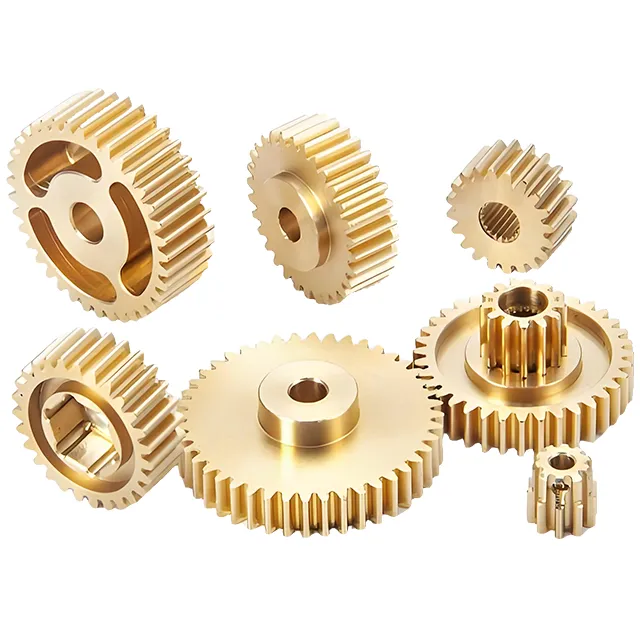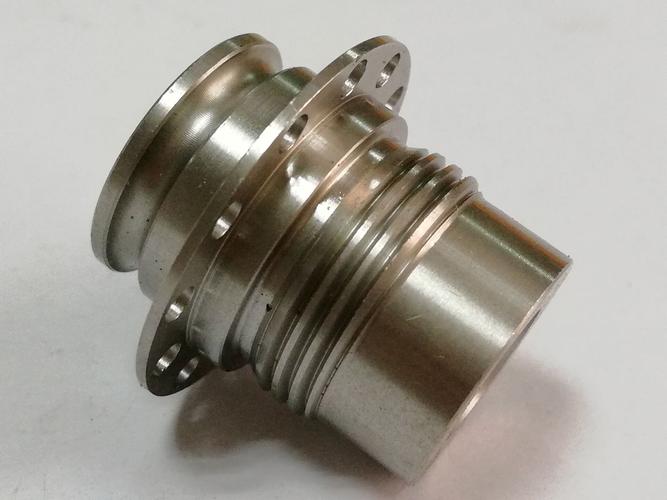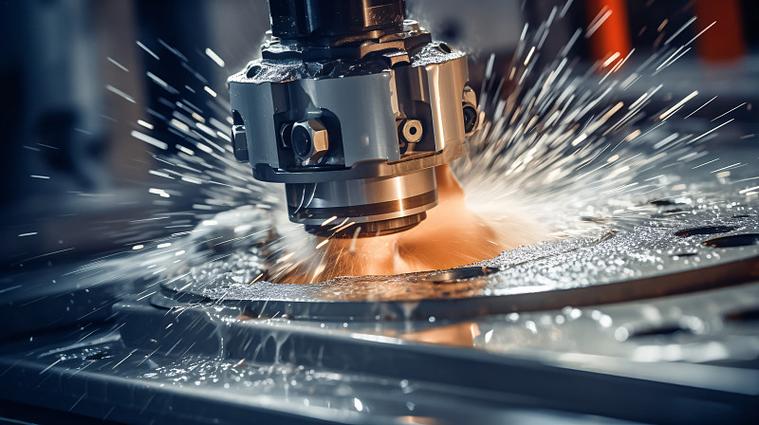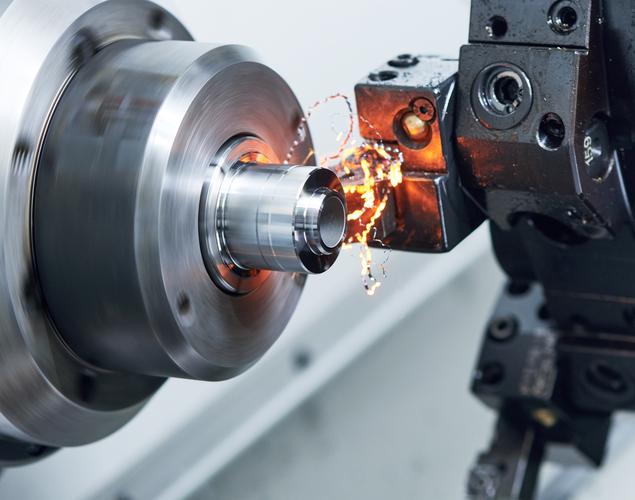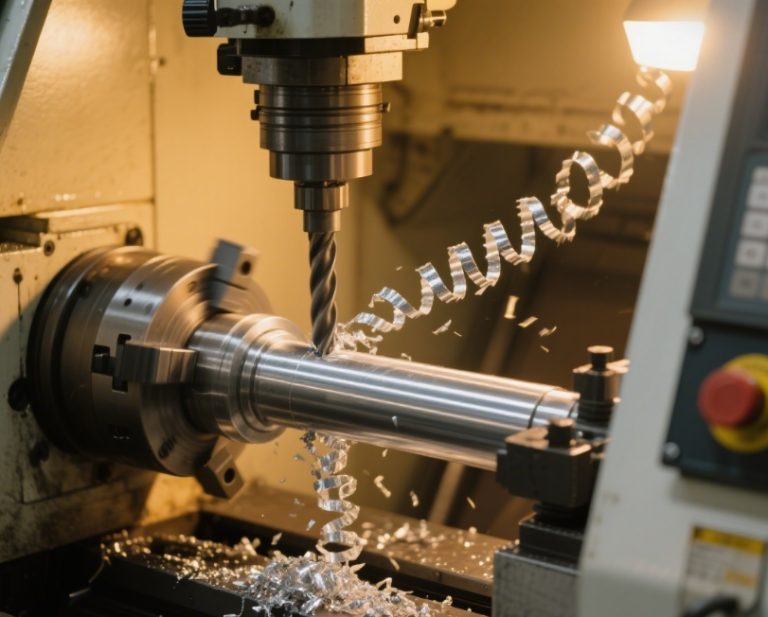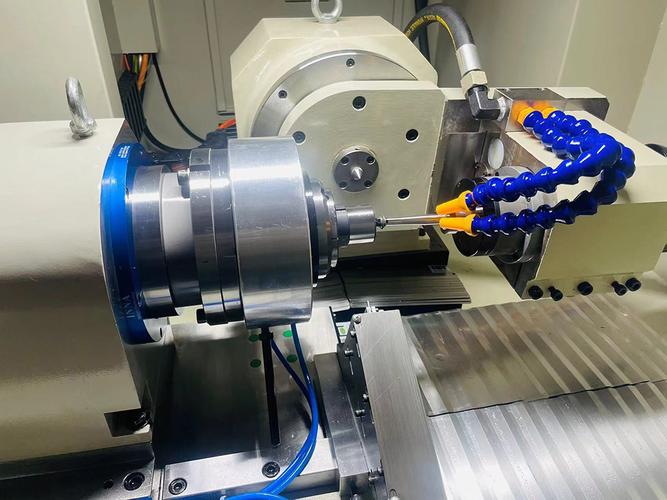Anodizing CNC parts is an electrochemical process that forms a protective oxide layer on metal surfaces (primarily aluminum and its alloys). It involves cleaning the CNC-machined part, immersing it in an electrolyte solution, and passing an electric current to oxidize the surface. This enhances corrosion resistance, wear resistance, and allows for coloring, making it suitable for functional and decorative applications.
Detailed Analysis of Anodizing CNC Parts
1. Core Technologies
Anodizing CNC parts relies on key electrochemical principles and process controls:
- Electrolyte Systems: Sulfuric acid (15–20% concentration) is the most common electrolyte, ideal for general-purpose anodizing of aluminum. For harder, thicker coatings (up to 100μm), oxalic acid electrolytes are used, though they require lower temperatures (5–10°C) and higher voltages (40–60V). Chromic acid anodizing (for aerospace parts) produces thin, porous layers with excellent adhesion for paint or adhesives.
- Current Regulation: Direct current (DC) is standard, with current density ranging from 1–2 A/dm² for sulfuric acid processes. The current controls oxide growth rate—higher densities accelerate coating formation but may cause uneven thickness on complex CNC geometries (e.g., deep holes or sharp edges).
- Temperature Control: Electrolyte temperature affects oxide structure. Sulfuric acid baths are maintained at 18–22°C; higher temperatures (above 25°C) produce softer, more porous layers, while lower temperatures (below 15°C) create harder, denser coatings. Cooling systems (chillers) are critical for consistency, especially for large CNC parts.
2. Step-by-Step Process
Anodizing CNC parts involves several sequential steps to ensure coating quality:
- Pre-Treatment:
-
- Degreasing: Remove machining oils, coolants, and contaminants using alkaline cleaners (pH 10–12) or solvent baths. Ultrasonic cleaning (40–60 kHz) is effective for intricate CNC features (e.g., threads, undercuts) where manual cleaning misses residue.
-
- Etching: Dissolve surface oxides and smoothing machining marks using a 5–10% nitric acid or sulfuric acid solution. This step improves coating adhesion—critical for CNC parts with tooling marks from milling or turning.
-
- Desmutting: Remove smut (metallic residues from etching) with nitric acid (10–20%), essential for aluminum alloys containing copper or silicon (e.g., 6061, 7075) to prevent dark spots in the oxide layer.
- Anodizing:
-
- Immerse the cleaned CNC part in the electrolyte bath as the anode (positive electrode), with aluminum plates as cathodes (negative electrodes).
-
- Apply voltage (12–18V for sulfuric acid) for 20–60 minutes, depending on the desired coating thickness (typically 5–25μm for decorative parts, 50–100μm for industrial use). The oxide layer grows outward from the surface, with 50% penetrating into the metal and 50% forming on top.
- Post-Treatment:
-
- Sealing: Close the porous oxide layer to enhance corrosion resistance. Boiling in deionized water (95–100°C) for 20–30 minutes hydrates the oxide, expanding it to seal pores. For industrial parts, nickel acetate sealing (80–85°C) provides better durability, especially in harsh environments.
-
- Coloring (Optional): Dye the porous oxide layer before sealing using organic dyes (for bright colors) or inorganic pigments (for earth tones). Electrolytic coloring (using metal salts like nickel or cobalt) creates more durable, lightfast colors (e.g., black, bronze) suitable for outdoor CNC parts.
3. Suitable Materials
Anodizing is most effective for aluminum and its alloys, with varying results based on composition:
- Aluminum Alloys: 6061 (medium strength) and 7075 (high strength) are common in CNC parts, though 7075 may require modified etching to avoid smut. Pure aluminum (1100 series) yields the most uniform, clear coatings, ideal for decorative parts.
- Other Metals: Titanium can be anodized to produce colored layers (for aerospace or medical parts), but the process uses different electrolytes (e.g., phosphoric acid) and voltages. Magnesium anodizing is possible but less common, used primarily in aerospace for corrosion protection.
4. Types of CNC Parts for Anodizing
Anodizing enhances performance and aesthetics for diverse CNC components:
- Aerospace Parts: CNC-machined brackets, fittings, and panels (6061 or 7075 aluminum) benefit from corrosion resistance and electrical insulation.
- Electronics: Heat sinks, enclosures, and connectors (5052 aluminum) gain wear resistance and can be colored for branding.
- Automotive Components: CNC-machined trim, pedals, and suspension parts (6063 aluminum) use anodizing for durability and decorative finishes.
- Consumer Goods: Camera parts, watch cases, and smartphone frames (7075 aluminum) achieve a premium, scratch-resistant look.
5. Key Applications & Industries
Anodizing CNC parts is critical in sectors demanding durability and precision:
- Aerospace & Defense: Protects lightweight aluminum parts from harsh environments (salt spray, temperature extremes) while maintaining structural integrity.
- Medical Devices: Anodized aluminum CNC parts (e.g., surgical tool handles) are non-toxic, easy to sanitize, and resistant to chemical sterilization.
- Automotive: Improves wear resistance of high-contact parts (pedals, gear knobs) and adds decorative finishes to trim.
- Electronics: Enhances heat dissipation in CNC-machined heat sinks (oxide layer is a good thermal conductor) and provides electrical insulation for connectors.
6. Challenges & Best Practices
- Complex Geometries: CNC parts with deep holes or undercuts may have uneven coating thickness. Solutions include masking non-critical areas, adjusting cathode placement, or using lower current densities to ensure electrolyte flow.
- Masking: Protect threads, bearing surfaces, or mating areas from anodizing using silicone rubber plugs or tape. Masking must withstand acid baths and high temperatures during sealing.
- Quality Control: Test coating thickness with a micrometer (before/after anodizing) and adhesion via tape tests. Corrosion resistance is verified using salt spray testing (ASTM B117), with 500+ hours typical for industrial parts.
In summary, anodizing CNC parts involves precise pre-treatment, controlled electrochemical processing, and post-sealing, delivering enhanced durability, corrosion resistance, and aesthetics—critical for high-performance components across industries.


